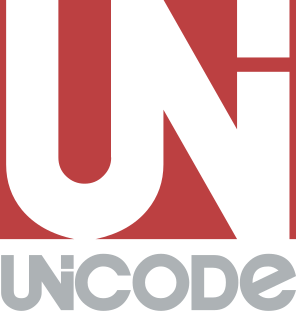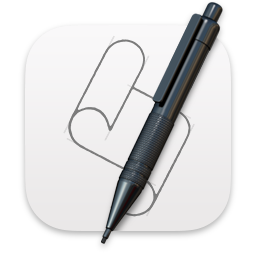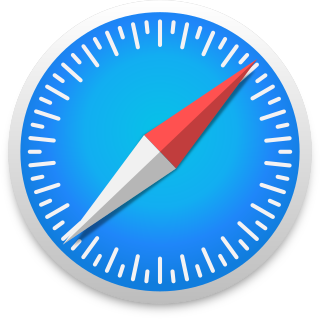This article needs additional citations for verification .(March 2019) (Learn how and when to remove this template message) |
WorldScript is the multilingual text rendering engine for Apple Macintosh's classic Mac OS, before Mac OS X was introduced.

Classic Mac OS is a colloquial term used to describe a series of operating systems developed for the Macintosh family of personal computers by Apple Inc. from 1984 to 2001, starting with System 1 and ending with Mac OS 9. The Macintosh operating system is credited with having popularized the graphical user interface concept. It was included with every Macintosh that was sold during the era in which it was developed, and many updates to the system software were done in conjunction with the introduction of new Macintosh systems.

macOS is a series of graphical operating systems developed and marketed by Apple Inc. since 2001. It is the primary operating system for Apple's Mac family of computers. Within the market of desktop, laptop and home computers, and by web usage, it is the second most widely used desktop OS, after Microsoft Windows.
Starting with version 7.1, Apple unified the implementation of non-Roman script systems in a programming interface called WorldScript. WorldScript I was used for all one-byte character sets and WorldScript II for two-byte sets. Support for new script systems was added by so-called Language Kits. Some kits were provided with foreign versions of the system software, and others were sold by Apple and third parties. Application support for WorldScript was not universal, since building in support was a significant task.
In 8.5, full Unicode support was added to Mac OS through an API called ATSUI. However, WorldScript remained the dominant technology for international text until Mac OS X, because of limited application support for ATSUI.

Unicode is a computing industry standard for the consistent encoding, representation, and handling of text expressed in most of the world's writing systems. The standard is maintained by the Unicode Consortium, and as of March 2019 the most recent version, Unicode 12.0, contains a repertoire of 137,993 characters covering 150 modern and historic scripts, as well as multiple symbol sets and emoji. The character repertoire of the Unicode Standard is synchronized with ISO/IEC 10646, and both are code-for-code identical.
In computer programming, an application programming interface (API) is a set of subroutine definitions, communication protocols, and tools for building software. In general terms, it is a set of clearly defined methods of communication among various components. A good API makes it easier to develop a computer program by providing all the building blocks, which are then put together by the programmer.






